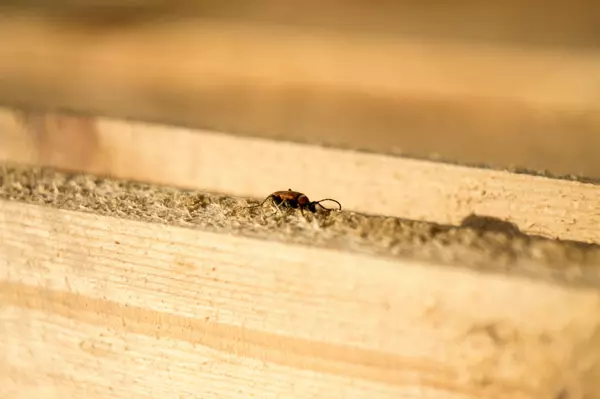Protect Your Home: Essential Termite Prevention Tips for Northeast Florida Homeowners
Understanding Termites
Termites are social insects that feed on cellulose, primarily found in wood. In our region, subterranean termites are the most prevalent. They typically enter homes from underground, constructing mud tubes to access above-ground food sources. These tubes provide moisture and protection, allowing termites to travel undetected. Drywood termites are also common, especially in coastal areas, and can infest wooden structures without soil contact.
Key Termite Prevention Strategies
1. Eliminate Wood-to-Ground Contact
Ensure that wooden parts of your home, such as siding, door frames, and deck posts, are at least six inches above the ground. Direct contact between wood and soil provides termites with easy access to your home. Use concrete bases or metal supports to elevate wooden structures.
2. Manage Moisture Around Your Home
Termites thrive in moist environments. Maintain proper drainage by keeping gutters and downspouts clean and directing water away from your foundation. Fix any plumbing leaks promptly, and ensure that crawl spaces are well-ventilated and dry. Installing vapor barriers can also help reduce moisture levels.
3. Properly Store Firewood & Debris
Store firewood, lumber, and other wooden materials at least 20 feet away from your home and elevate them off the ground. Remove any dead trees, stumps, or wood debris from your yard, as these can attract termites.
4. Use Termite-Resistant Materials
When building or renovating, consider using termite-resistant materials such as pressure-treated wood, metal, or concrete. These materials are less susceptible to termite damage and can provide an added layer of protection.
5. Seal Entry Points
Inspect your home's foundation for cracks and seal them with appropriate materials. Ensure that vents are covered with screens, and seal gaps around utility lines and pipes to prevent termite entry.
6. Regular Inspections
Schedule annual termite inspections with a licensed pest control professional. Early detection is key to preventing significant damage. Professionals can identify signs of infestation and recommend appropriate treatment options
Conclusion
Termite prevention is an ongoing process that requires vigilance and proactive measures. By understanding termite behavior and implementing these strategies, you can protect your home from potential infestations. If you suspect termite activity or want to ensure your home is safeguarded, consult with a local pest control expert for a comprehensive assessment.
Categories
Recent Posts











